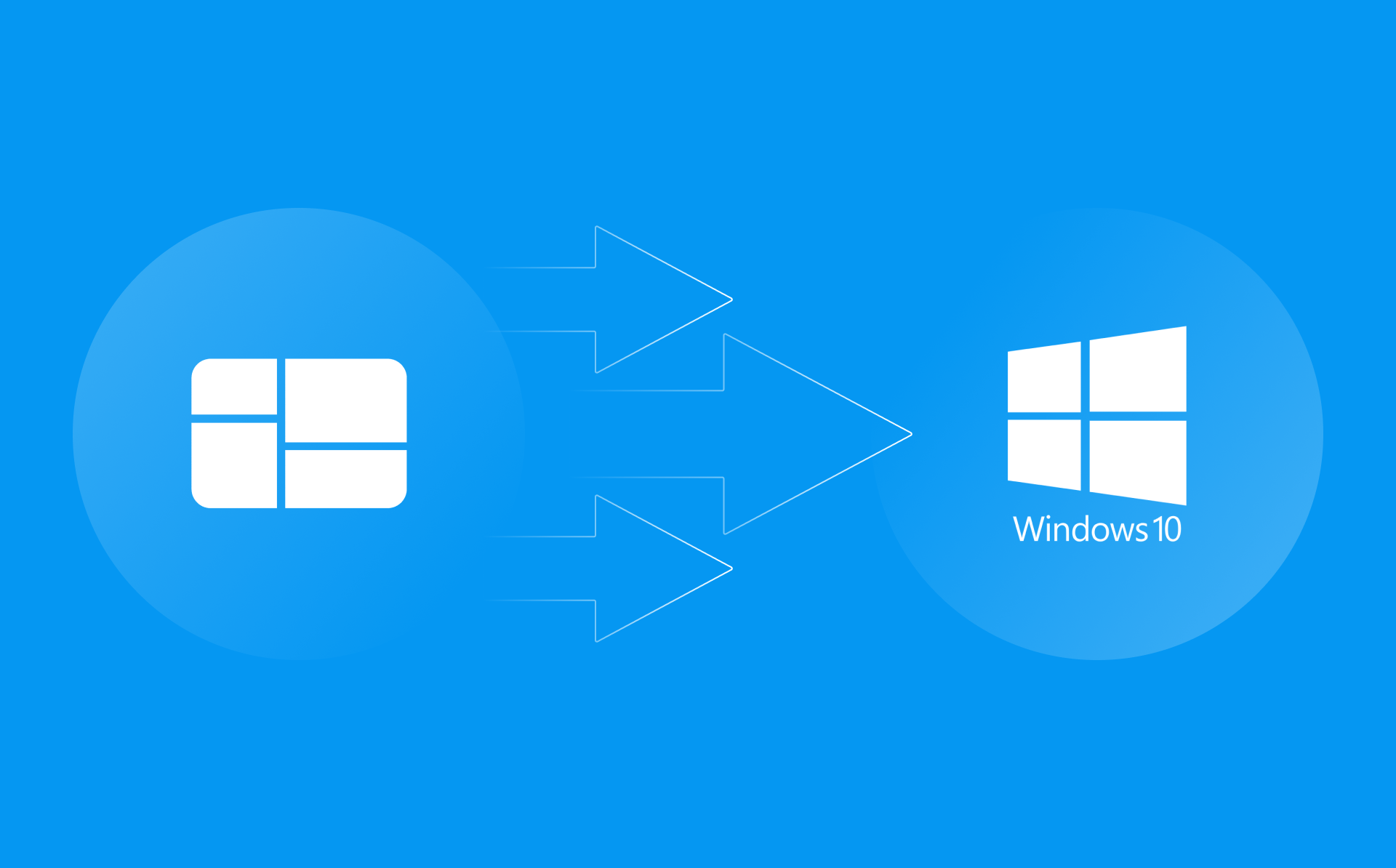I have read the Privacy Policy and I agree to the collection and processing of my personal data
History of the Windows operating system: from Windows 1.0 to Windows 10

The history of the Windows operating system is a fascinating journey that began in 1985 and continues to this day.
Windows 1.0 (1985): Windows 1.0 was released in November 1985. It was a graphical user interface for MS-DOS that allowed users to use a mouse and click on windows that represented programs. Windows 1.0 was limited in terms of functionality, but it marked the beginning of the evolution of Windows operating systems.
Windows 3.0 and 3.1 (1990-1994): Windows 3.0 was released in 1990 and was the first really popular version of Windows. It included many improvements such as support for color screens and an improved graphical user interface. Windows 3.1, released in 1992, became even more popular with new features and greater stability.
Windows 95 (1995): Windows 95, released in August 1995, was a significant step forward for Windows. It introduced the taskbar, the start screen, the start button, and many other innovations that became the standard for subsequent versions.
Windows 98 and Windows 2000 (1998-2000): Windows 98, released in 1998, was an enhanced version of Windows 95. Windows 2000, released in 2000, was the first Windows enterprise operating environment based on NT technology.
Windows XP (2001): Windows XP, released in 2001, has become one of the most popular Windows releases of all time. It combined the stability of Windows 2000 with the user experience of Windows 98 and has become the foundation for many users.
Windows Vista and Windows 7 (2007-2009): Windows Vista, released in 2007, faced criticism due to performance and compatibility issues. Windows 7, released in 2009, was a bug fix for Vista and gained popularity for its stability and user-friendly interface.
Windows 8 and Windows 8.1 (2012-2013): Windows 8, released in 2012, featured a new modern tiled interface (Modern UI). However, not everyone liked the new UI, and it led to some criticism. Windows 8.1, released in 2013, made improvements and changes based on user feedback.
Windows 10 (2015): Windows 10 was released in July 2015 and was the last major release of Windows. It combines the best features of Windows 7 and Windows 8 to provide a common platform for desktops, laptops, tablets, and smartphones. One of the key features of Windows 10 is the regular updates and improvements through Windows Update.
Now Windows continues to evolve, providing new features and innovations for users and businesses.